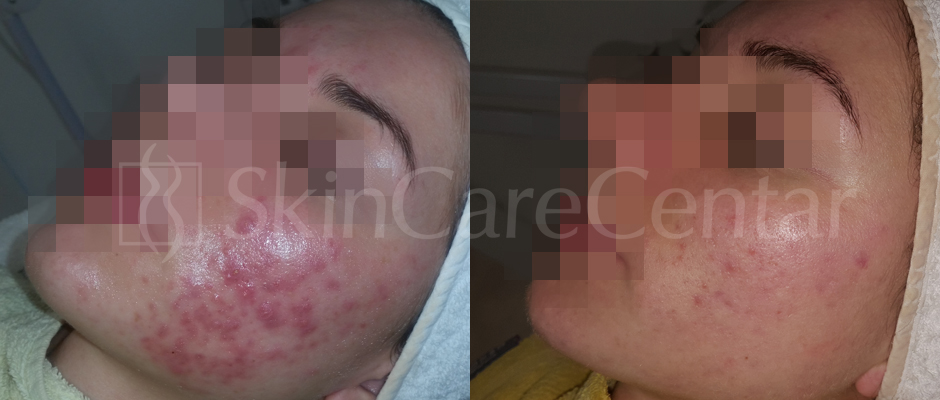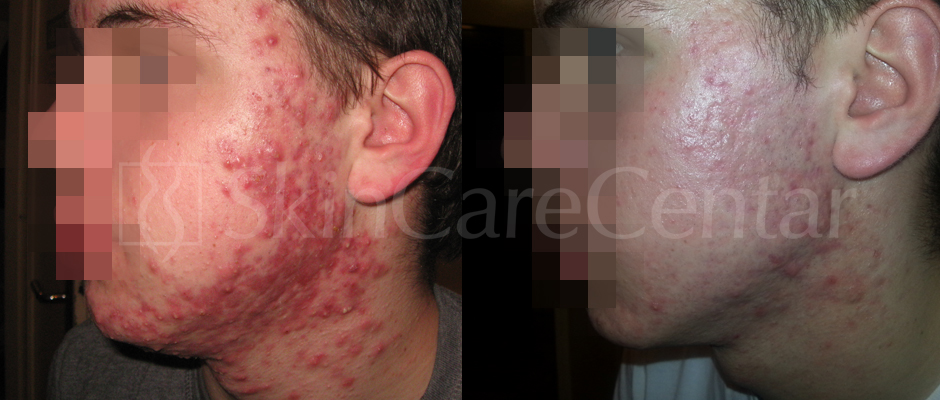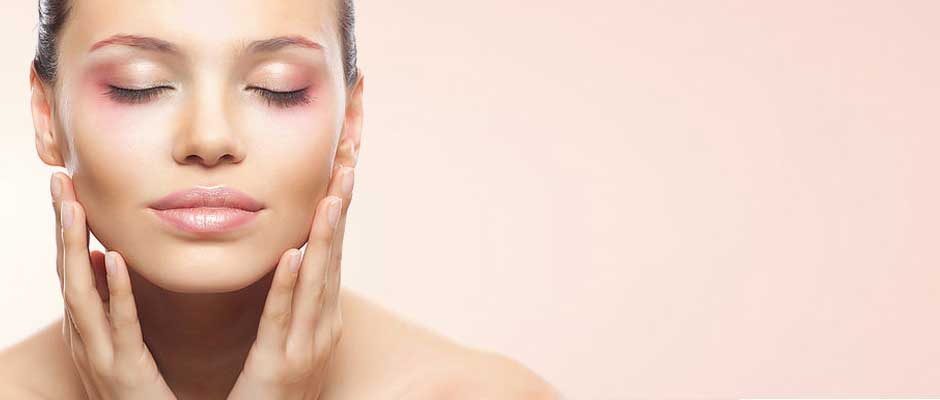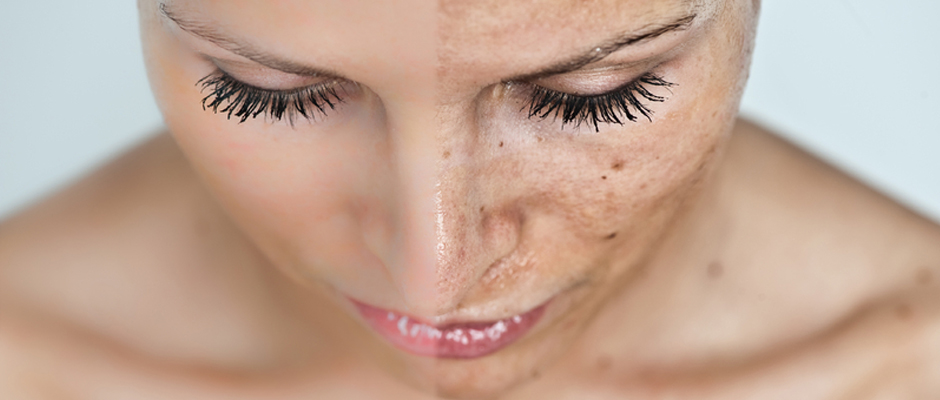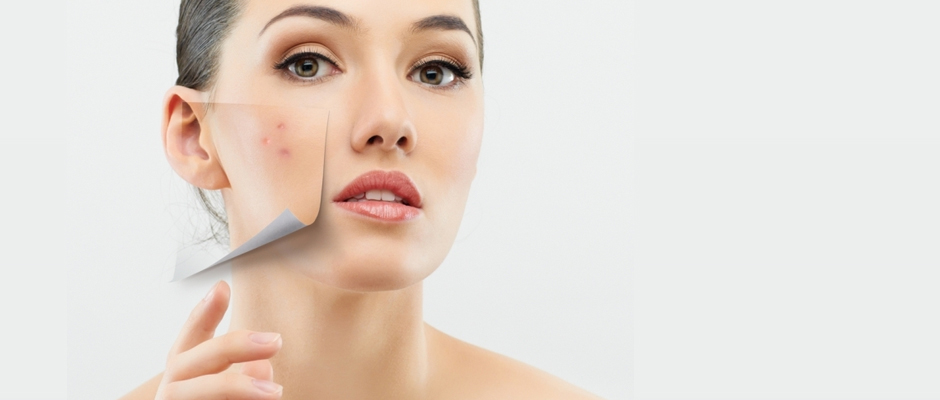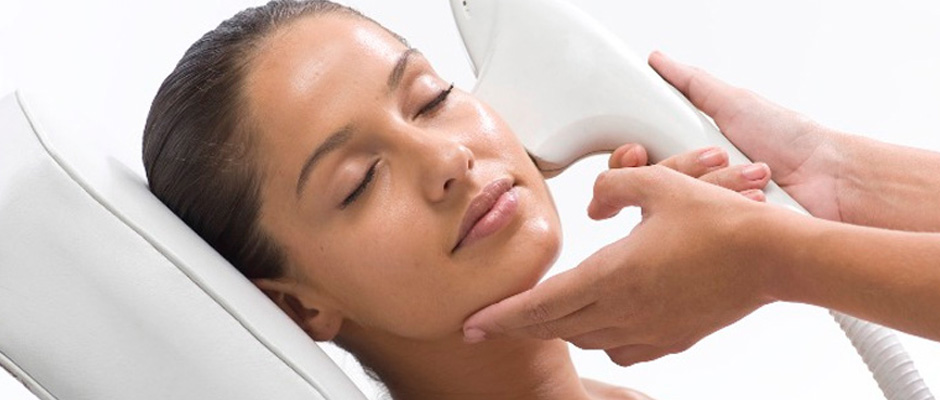
Laser acne treatment is a fast, safe and effective method that successfully treats comedogenic, papular, papulopustular and cystic acne.
Laser treatment of acne – The etiology of acne is not completely known even today. Four factors are considered to be crucial and one of them is the colonization of microorganisms. During puberty, the sebaceous glands are activated, so the skin becomes oilier and more suitable for the development of microorganisms.
The settlement of the lipophilic bacterium Propionbacterium acnes is particularly significant.
Even today, the etiology of acne is not completely known. Four factors are considered to be crucial and one of them is the colonization of microorganisms. During puberty, the sebaceous glands are activated, so the skin becomes oilier and more suitable for the development of microorganisms. The settlement of the lipophilic bacterium Propionbacterium acnes is particularly significant.
Propionbacterium acnes is found in the sebaceous gland itself and on the surface of the skin, it is not found in the dermis. The bacterium releases a number of enzymes, proteolytic, lipolytic and saccharolytic. Degradation products created by the action of these enzymes diffuse from the sebaceous gland into the dermis and cause inflammation there. These degradation products cause chemotaxis of various leukocytes, mostly neutrophils, and activate the immune system. On the surface of the skin, this manifests itself as inflammation. The number of bacteria is proportional to the amount of sebum, so the goal in acne therapy is to reduce the number of bacteria present and reduce sebum secretion. This is exactly the effect achieved by the use of lasers in acne therapy.
Thanks to the combination of light – optical energy and the energy of bipolar radio waves, the laser for acne acts directly on the sebaceous glands in the skin. The spectrum of blue light directly affects Propionbacterium acnes in the ducts of the sebaceous glands. A photodynamic reaction occurs between blue light and photoporphyrins, which are an integral part of the bacterial membrane (photosensitive molecules), which results in oxidation and the release of free radicals that lead to damage to the cell membrane and the complete destruction of bacteria. The number of Propionbacterium acnes is reduced and the inflammatory process in the sebaceous glands is stopped. The red and infrared part of the light spectrum as well as bipolar radio waves have a thermal effect on the deeper parts of the sebaceous gland, which results in reduced sebum production.
Each person has their own specific, different reaction, their own experience related to the experience of the treatment, which lasts from 5 to 30 minutes, depending on the size of the region being treated. Most people find laser acne treatment to be a very pleasant treatment, although a slight stinging sensation is common.
Laser acne treatment is a safe and effective treatment that is carried out in a series of 2 treatments per week for 5 to 6 weeks. The results are individual because there are always clients who react faster or slower, but in most clients, progress can be seen already after 4 treatments, i.e. after two weeks of therapy.
Existing acne is treated with a laser, but genetic and environmental factors can cause the appearance of new acne, so it is sometimes necessary to do additional treatments after the first series.
Indications for laser application are comedogenic, papular, papulopustular and cystic acne.

